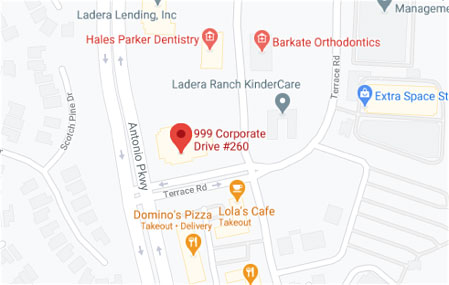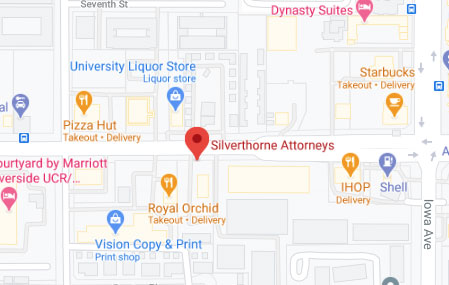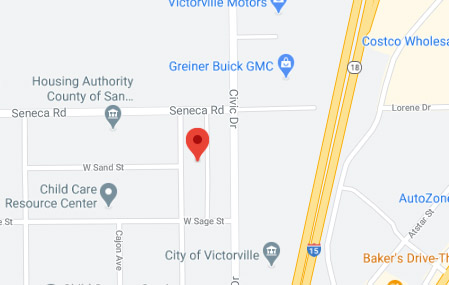
In this weeks’ continuation of helmet safety, our accident lawyer wanted to discuss a few important topics. Let’s discuss how to choose the right helmet for your child. We will also go over a “Quick-Fit Check List,” and “Checking the Fit.” Finally, why wearing a helmet is so important.
Part I – Choosing the Right Helmet
There are a few simple steps to finding the right helmet for your child. These days there are so many options. a lot of helmets come in cool colors and designs. So it can oftentimes seem a bit daunting to choose one that will be the most effective.
- The first step is to look at the helmet itself. There should be a sticker on the helmet. Oftentimes on the inner portion of the helmet. It says the helmet “meets the standards set by the Consumer Product Safety Committee (CPSC).”
- If the helmet you are looking at does not have the sticker, it is advised to find one that does.
- It is recommended – if possible – to try the helmet on at the store before you make your purchase. This is to see if it fits well. the helmet should not be too big or too small. It should be worn level on the head so that it fits solidly and is comfortable on your child’s head.
Part II – Quick-Fit Check List
As you are picking out the best helmet for your child, it is always a good idea to check the fit before you make your purchase. Here are a few tips on how to pick the right fit:
- Eyes
Make sure that the helmet sits level on the head and rests low on your child’s forehead. the general and suggested rule is: there should be one 2-finger width of space above the eyebrows. If the helmet is pushed too high, it will not protect your child’s head and could potentially fall off should there be some sort of fall or accident - Straps
The straps should ALWAYS be fastened and adjusted so they are snug and don’t pull or twist the helmet; if the helmet is too loose, it will likely fall off when it is needed the most. It is important that the straps form a “Y” shape under each ear lobe and lay flat against your child’s head. Any twists or “kinks’” in the straps can lead to the helmet being too loose to too tight, therefore the helmet won’t work properly. You don’t want to pull the straps too tight and accidentally pinch your child’s neck. - Mouth
Click the buckle on the straps loose enough so that your child can breathe. There should be enough room to insert one finger between the buckle’s strap and your child’s skin.
Part III– Checking the Fit
Though you probably don’t want to be seen as an overprotective parent, when your child first gets their helmet, it is a good idea to check that they are wearing it properly before they leave the house.
- The helmet should be tight enough so that if your child opens their mouth, you can see the helmet pull down just ever so slightly at the top
- Check the top of the helmet. If you can move the helmet from side-to-side, it is wise to add thicker pads or adjust the universal fit ring. Extra pads will generally come with the helmet at the time of purchase, if they do not, you can pick up more at any local Sporting Goods Store, or the store you purchased your child’s helmet from.
- Make sure that the straps are on correctly and that they are buckled. Should an accident occur where your child falls from their bike, the helmet could fall off of their head if the helmet is not buckled correctly.
Part IV – Accident Lawyer | Why Helmets are Important
There are so many reasons why wearing a helmet is important. Helmets help protect our kid’s heads, should they fall off their bike. It gives parents a little more comfort knowing that when our children are out riding their bikes their heads. It needs to be noted that injuries to the head can have a long lasting affect on our children’s health, even as they grow older and venture out into the adult world – so keeping their heads safe, not just from the immediate damage that can be sustained from a fall, but from any future damage, is well worth the precaution.
Now let them roam and explore with their open hearts and rest assured that they are protected when they are riding with their helmets safely on.












